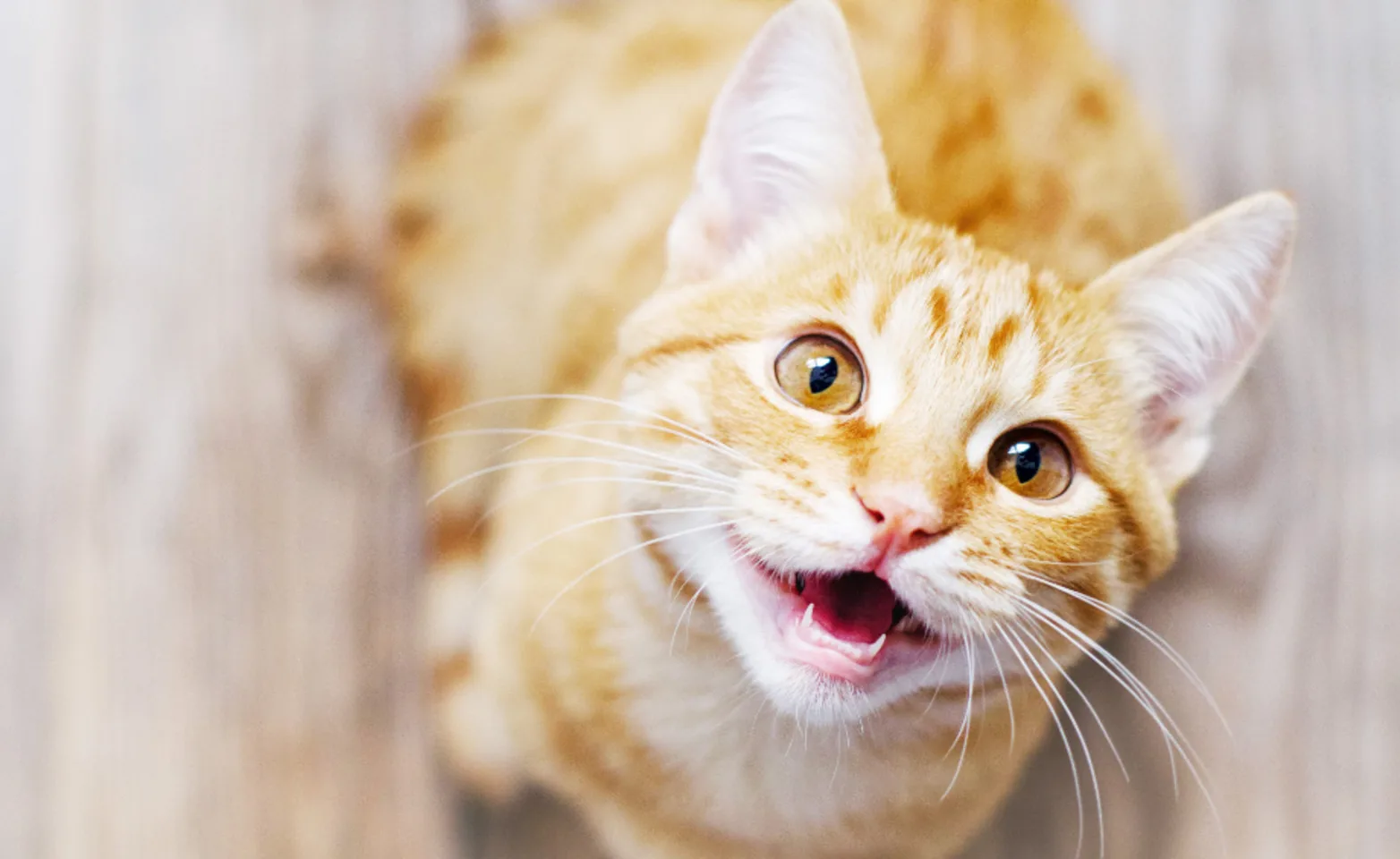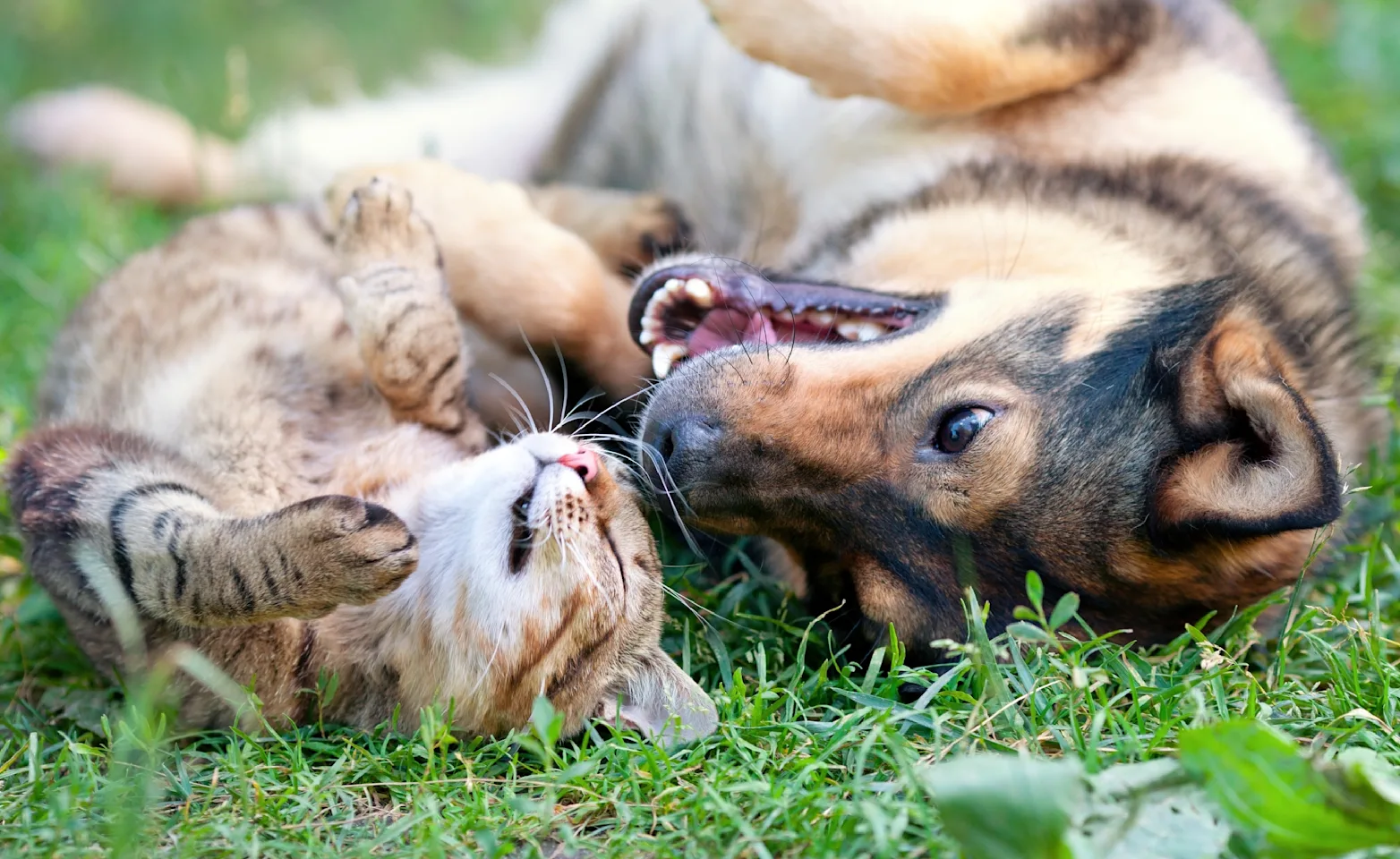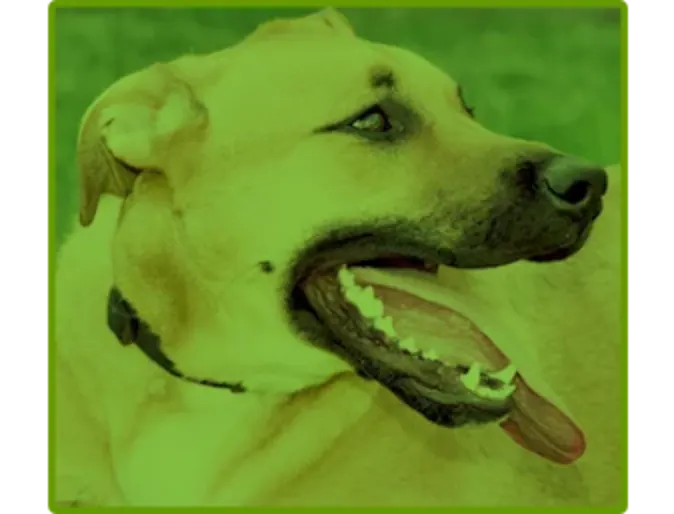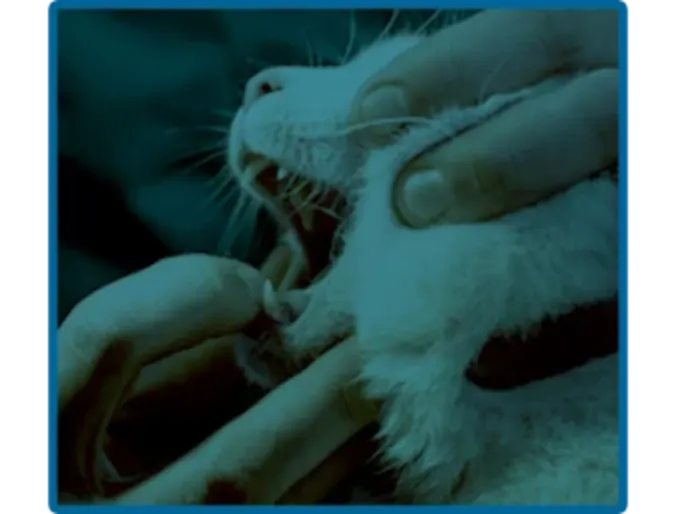Dallas Veterinary Dentistry & Oral Surgery

At Dallas Veterinary Dentistry & Oral Surgery, our goal is to treat advanced and/or complex dental issues to give pets a better quality of life. In cases where your primary care veterinarian is unable to treat your pet, our cat and dog dentist can provide compassionate, expert treatment.
Comprehensive cat and dog teeth cleaning is a critical but often overlooked component of pet wellness. Along with treating your pets, we offer education to you about the need for veterinary dentistry and the myriad of benefits it can yield for pets of all ages and sizes. Due to our board-certified veterinary dentist specialty training, we offer so much more than your basic oral exams and teeth cleanings. Give us a call today at (817) 431-8451.

What Sets Us Apart as a Cat and Dog Dentist?
We know that pets play an increasingly important role in their families and therefore deserve comprehensive, professional dental care to help them thrive. Our veterinarians in Dallas and Grapevine, TX are proud to promote and demonstrate excellence in veterinary dentistry through:
Dedication to specialty dentistry. Dr. Nossaman leads our team as Board-Certified Veterinary DentistTM, and a Diplomate of the American Veterinary Dental College. Veterinary dental specialists receive several years of advanced training in the field of veterinary dentistry and anesthesia, well beyond your family veterinarian. Our dentists proudly serve cats and dogs throughout the Dallas-Fort Worth metroplex, as well as Southern Oklahoma and Western Louisiana.
Commitment to clients. Currently, there are only about 200 board-certified veterinary dentistTM throughout the US who primarily treat dogs and cats. To meet the oral health care needs of as many pets as possible, we have a location in Grapevine.
Respect for the human-animal bond. Your pet's health defines the relationship you have with them. If they suffer from dental pain and discomfort, they are not themselves and your relationship with them suffers. As veterinary dental specialists, our goal is to alleviate oral pain and infection, allowing your pet to live a longer, healthier life with you.

Our Dental Specialty Services
We are dedicated to improving health and enriching lives with our board-certified dental services, which include but are not limited to:
Client Reviews & Testimonials

Your Pet Could Benefit from a Comprehensive Dental Exam
Since many pets do not receive the recommended level of pet dental care, comprehensive dental exams are important. This is especially true for pets with a history of oral health problems. In addition to welcoming referral patients from area veterinarians, we are also happy to meet with you directly if your pet has complex dental needs. You can call us at (817) 431-8451 for an appointment so we can discuss their needs in detail and formulate a workable treatment plan. We look forward to relieving your pet's discomfort and helping them enjoy a healthier, longer life with your family.



